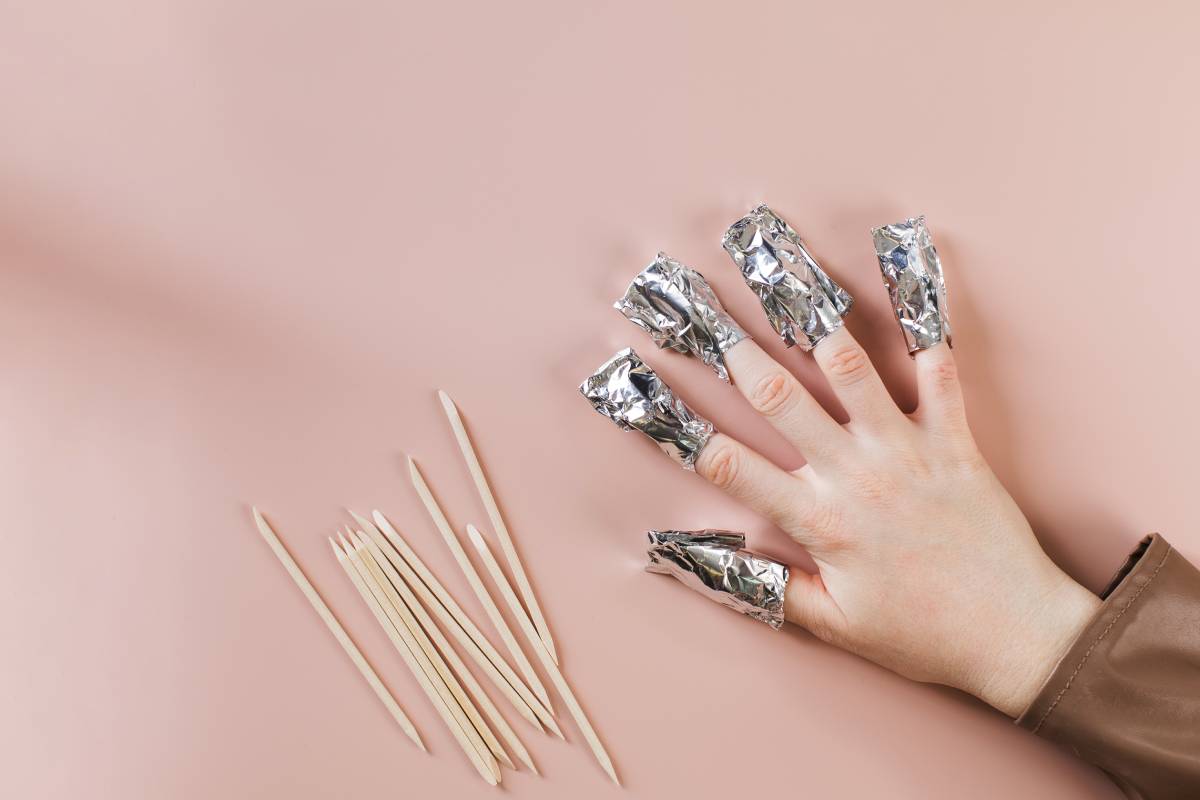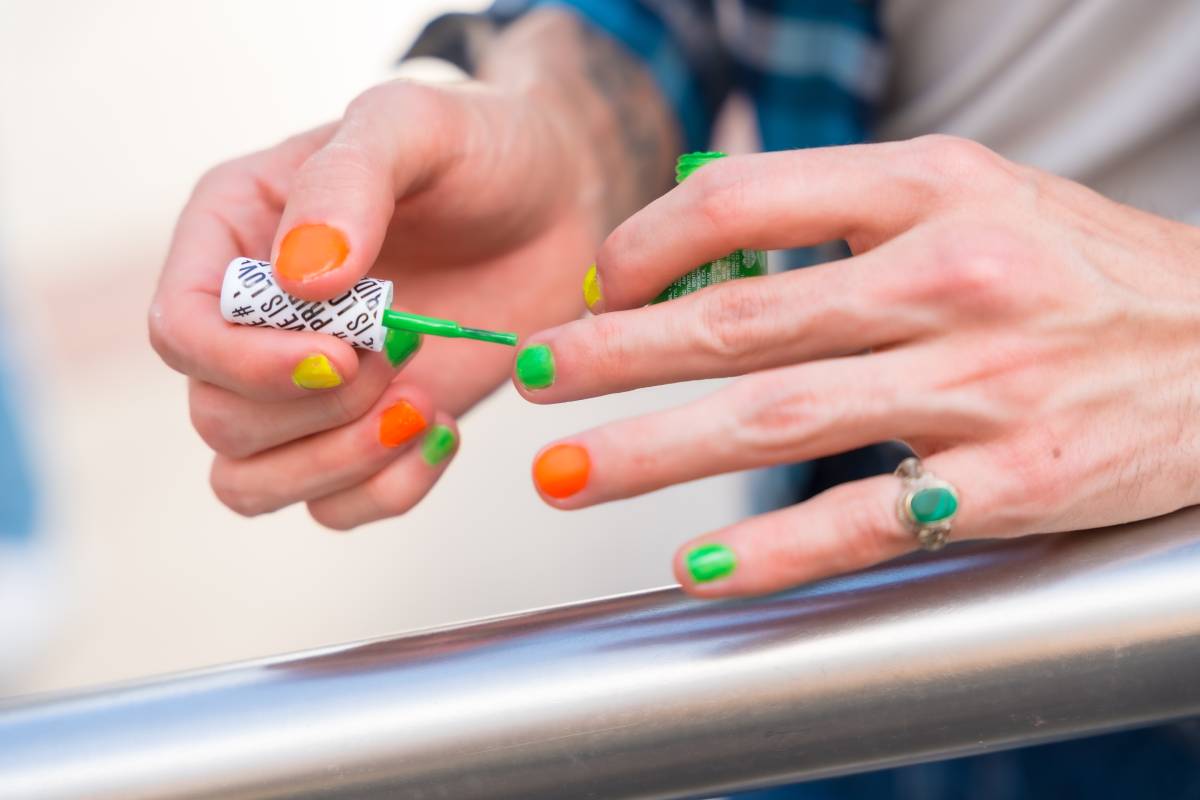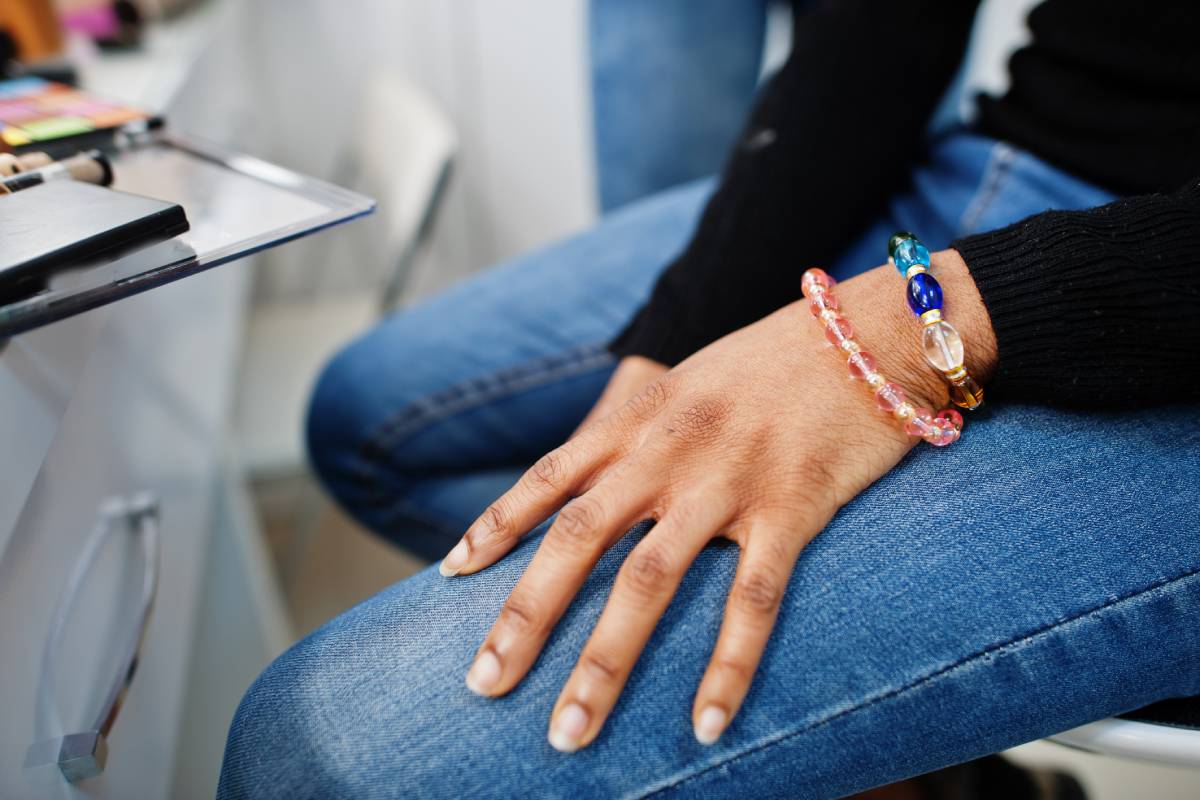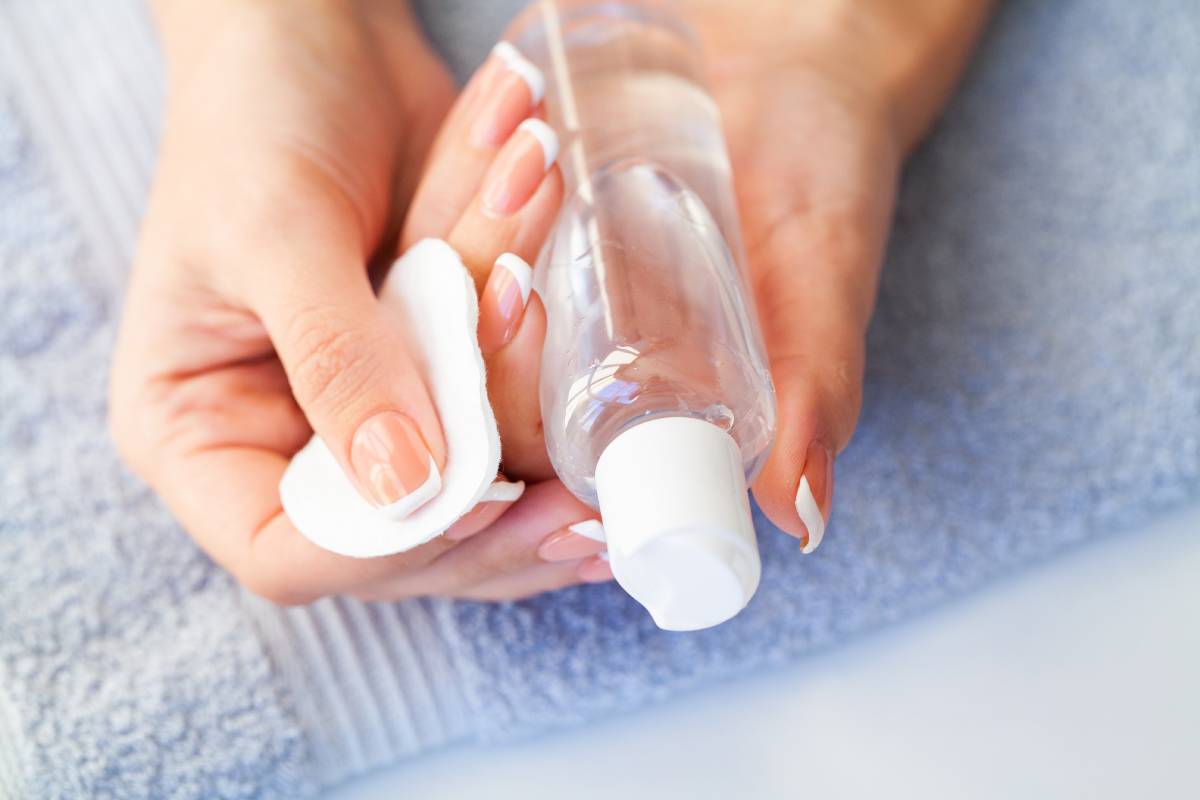Longnails are bold, trendy, and fun. Many people love them for the style and creativity they offer. You see them on celebrities, influencers, and social media everywhere.
But are longnails just about looks? Not always. They can also bring some real challenges like hygiene issues, pain from breakage, or trouble doing everyday tasks.
This article breaks down the good and the bad, so you can decide if longnails are right for you. Plus, you’ll get tips on how to keep them clean, safe, and healthy.
How AI Is Revolutionizing Mental Health? : Benefits & Risks
How Jigsaw Puzzles Benefit Your Brain, IQ, and Emotional Health
What Happens If You Grow Your Nails Long?

1. More Dirt and Germs
Long nails trap dirt, bacteria, and fungi under them, making your hands harder to keep clean. Even after washing, germs can stay unless you clean carefully.
This can cause infections, especially when touching your face or food. Harmful bacteria like E. coli and Staph can live under long nails, increasing health risks if not cleaned often.
2. More Breakage and Injuries
While longnails may look attractive, they are more prone to breaking, chipping, or splitting. Even a simple action like opening a drawer or typing can bend or crack them. This can cause pain or damage to the nail bed underneath.
Sometimes, if a long nail breaks close to the skin, it can cause bleeding or become infected. In more serious cases, it might take weeks to heal, and the nail may not grow back in the same shape. If you regularly wear longnails, it’s important to protect them from impact and avoid using your nails as tools.
3. Everyday Tasks Become Harder
Typing on a phone or keyboard, buttoning shirts, using coins, or opening packages might all become more challenging with longnails. You may need to adjust how you do these tasks or use special tools to help, which can be frustrating.
Over time, some people learn to adapt their finger positions to accommodate longnails, but this takes effort and can strain the fingers or wrists. Even simple chores like cleaning, cooking, or holding small objects may require more attention.
4. Nails Can Change Shape
If long nails aren’t properly trimmed, filed, or shaped, they can grow crooked, curve down, or even dig into the skin. Uneven growth or poor nail care can lead to deformities that affect both appearance and nail health.
Nail structure can weaken if long nails are constantly filed thin or exposed to water and chemicals. This might result in brittle or split nails that are difficult to repair.
Is Getting Nails Done Bad for You?

1. Chemicals in Nail Products
Acrylics, gels, and some nail polishes contain harsh chemicals like toluene, formaldehyde, and acetone. These chemicals can irritate your skin, eyes, and lungs with frequent exposure.
If inhaled regularly during salon visits or at-home applications, they may cause allergic reactions, headaches, or respiratory problems. While occasional use is usually safe, people with asthma, allergies, or sensitive skin should be cautious.
2. Weak and Thin Natural Nails
Frequent use of artificial nails or gel polish can weaken your natural nails over time. Constant filing, buffing, and chemical exposure make nails thinner and more likely to peel or break.
When your nail bed becomes thin, it may also become more sensitive to touch or temperature. Giving your nails regular breaks between treatments can help them recover and regain strength.
3. Risk of Infections
Fake nails can trap moisture between the surface and your real nails. This trapped moisture can create the perfect environment for bacteria or fungus to grow. Signs include yellowing, swelling, or a bad smell.
Sometimes the nail may lift off from the nail bed, creating an open gap. This increases the chance of painful infections, especially if not treated quickly.
4. UV Light and Skin Damage
To cure gel nails, UV lamps are often used. Frequent exposure to UV light may cause premature skin aging, dark spots, or even increase skin cancer risk.
Wearing fingerless gloves during UV treatments or choosing LED lights can reduce risk. You can also apply sunscreen to the backs of your hands for extra protection.
5. Time and Cost
Maintaining longnails or artificial nails is expensive. Salon visits every 2-3 weeks add up, and at-home kits still require time and tools. Nail care also includes polish changes, repairs, and cuticle treatments. While longnails may look glamorous, they require ongoing maintenance and budgeting.
Why Are Long Nails a Red Flag?

1. Hygiene Worries
In certain professions like healthcare, childcare, or food handling, longnails are discouraged or banned due to hygiene concerns. They’re harder to sanitize and can harbor bacteria that put others at risk.
Some people may judge those with long nails as being careless about cleanliness, even if that isn’t true.
2. Seen as High Maintenance
Maintaining long nails requires time, money, and effort. Because of this, some may assume a person with long nails is overly focused on appearance or is high maintenance.
In reality, many people enjoy long nails as a form of personal care or self-expression. But in formal settings, this stereotype can affect how people are perceived.
3. May Look Aggressive or Fake
Very long or sharp nails, especially in bold colors, can appear dramatic or aggressive to some. In certain cultures or situations, this may be seen as a warning sign or sign of insincerity.
Even though many people admire long nails, others may not understand the style and form opinions based on appearance alone.
4. Not Practical for Some Jobs
Jobs that involve physical labor, child care, or delicate tools may be difficult with long nails. Employers may worry about safety, hygiene, or performance issues.
If nails frequently break or interfere with tasks, they might be seen as a liability in the workplace.
5. Focus on Looks Over Function
Longnails can signal a focus on style, which isn’t a problem unless it affects daily life. If someone avoids certain tasks or relies heavily on others to help because of their nails, others may view this as a red flag.
Can Long Nails Be Safe?
Yes! Longnails can be safe and stylish with proper care. Keep them clean, avoid harsh chemicals, and take breaks from nail treatments to let your natural nails breathe.
Tips for Healthy Long Nails
- Clean under your nails daily to avoid dirt buildup.
- Moisturize your hands and cuticles regularly.
- Wear gloves when cleaning or washing dishes.
- Don’t use your nails as tools, use the right equipment.
- Choose nail products that are labeled “non-toxic” or “5-free.”
Why Some People Love Long Nails
Longnails are more than just a fashion trend. For many people, they’re a form of expression and art. Designs, colors, and shapes can reflect personality, creativity, or mood.
Social media influencers, celebrities, and pop stars have also helped make longnails more popular and accepted. Nail art competitions and DIY tutorials now make it easier for anyone to enjoy stylish nails from home.
Are Long Nails Right for You?
Ask yourself:
- Can I care for my nails daily?
- Will they fit into my work or lifestyle?
- Am I okay with the time and cost involved?
If the answer is yes, longnails can be a fun, rewarding way to express yourself. But if they become a burden or affect your health, shorter nails may be a better fit.
Final Thoughts
Longnails can be beautiful and bold, but they come with responsibility. From hygiene risks to professional judgments, they can affect how others see you and how you function day-to-day.
If you’re committed to taking care of them, longnails can be a stylish and safe choice. But always listen to your body, adjust when needed, and remember: clean, strong nails long or short are always in style.





















